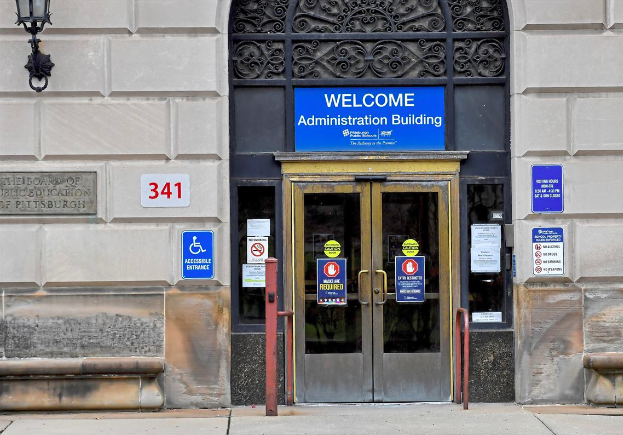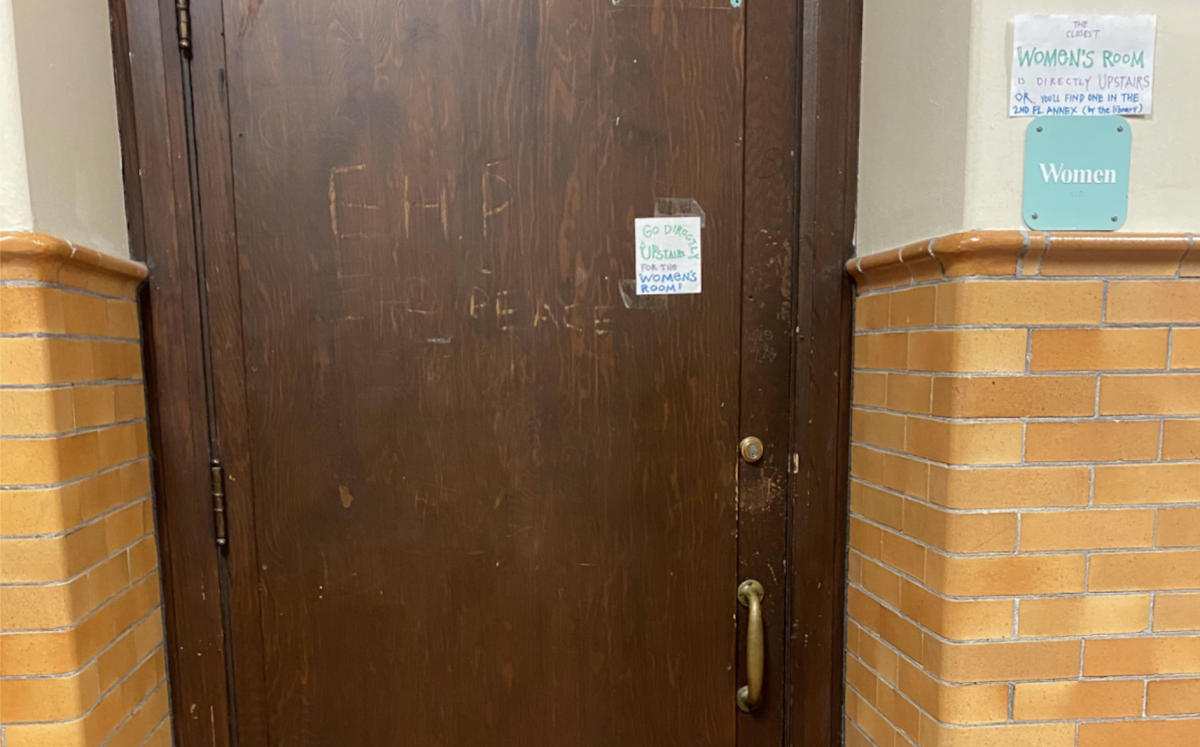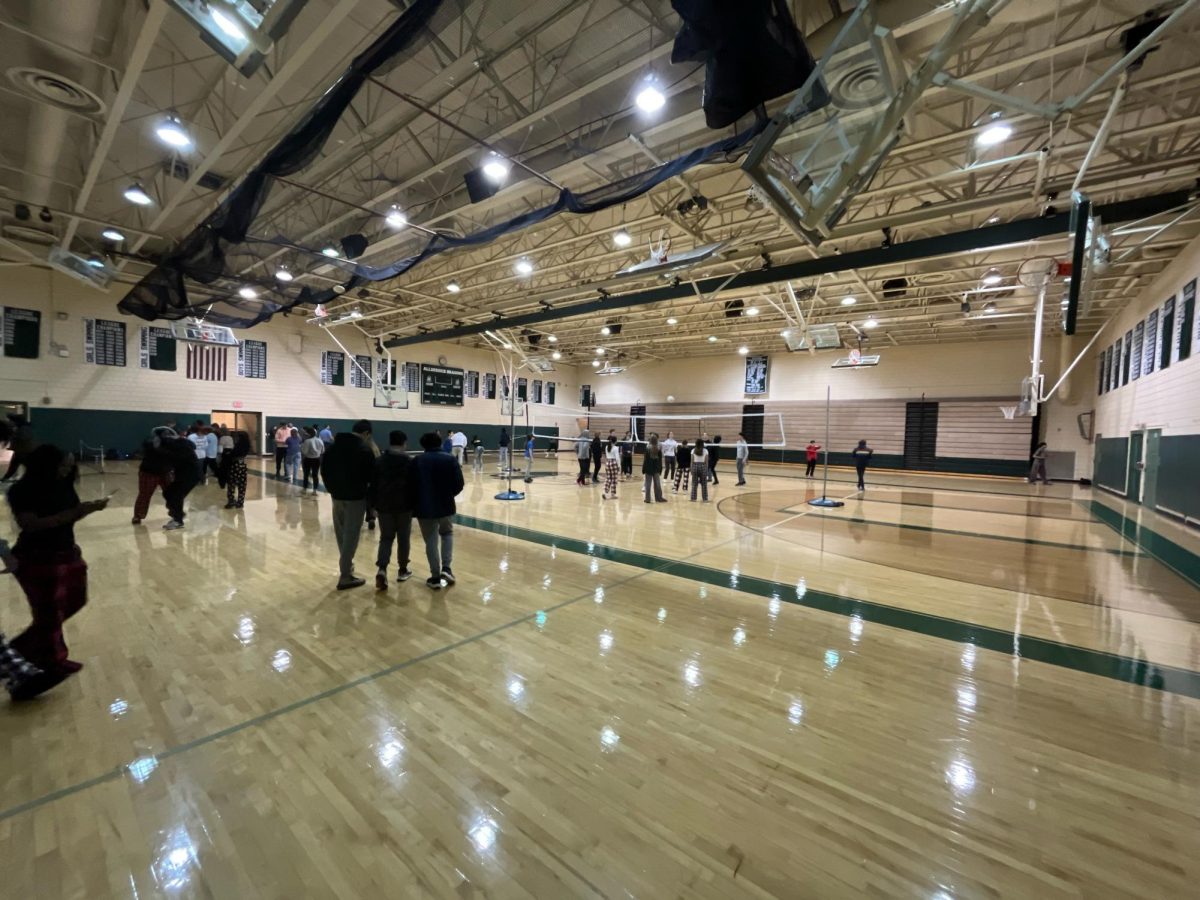The start of the 2023-2024 school year brought significant teacher staffing changes to Allderdice. Several teachers were displaced within the district, affecting homeroom assignment, available teachers, and class offerings. Even though this process has a large impact on the student experience in PPS, the way it works is often not comprehensively understood.
Although this process mainly occurs at the district level, it begins when the state is allocating money for schools in their annual budget. After this, school districts receive this money and divide it between their schools mainly based on enrollment: the district setting the amount of money per student and special education students. Dr. Mccoy, principal at Allderdice, said that after money is given to the schools, “we at the school have to look at what our budget is, and then how many teachers are we able to keep: and if we have to lose several teachers, where makes the most sense.” If the budget requires teachers to be cut, the decision is based on many factors, one of the largest being how the changes would affect course offerings. “That’s the biggest thing: what courses students are signing up for because we need teachers in those departments.” After the school makes decisions of what teachers they need to cut, the choices have “to be approved by central office”.
Once the decision that a teacher is going to be displaced from a specific department is made, the choice of teacher is based on a system called building seniority. In this process, teachers build years of seniority by teaching at a specific school, and if a teacher in their department needs to be moved, the one with the lowest building seniority, often the newest, is displaced. Additionally, Ms. Mazzocco, an Allderdice English teacher and building representative for the teachers’ union, said displaced teachers take their seniority with them because they are being forced to move and do not have a choice. However, she added that if a teacher voluntarily moves they only keep half of their seniority, a system in place to provide stability and consistency within schools.
The next stage of this process are appeals made by the school to change the district’s decisions. To do this, the school presents the data and information that they believe shows why the district should change their choices, and the district chooses whether or not they will accept the proposed alterations. Even though the appeals can be about specific teachers being displaced, they can also challenge the projected budget the school is set to receive. On this, Dr. Mccoy said that when the district “gives a projected enrollment for the following year, he’s able to appeal that process if he believes the projection is low.” This appeal, if upheld by the district, would increase the overall school budget and potentially give the school enough additional money to allow them to keep another teacher.
After teachers are told they are going to be displaced, there is a time for them to move to new schools. According to Ms. Mazzocco “In the spring is when we have the transfer period” and teachers can apply to “all the open positions whether they’ve been displaced or just want to move voluntarily.” Once this process is over and all displaced teachers have been moved to new spots, the remaining open positions open up for new hires before the school year starts.
Although teacher displacement can be frustrating for both students and teachers, and may seem arbitrary for Pittsburgh Public School families, the system functions as a strictly delineated district-wide process occurring behind the scenes. And even though the process is not always ideal, when teachers need to be moved, according to Ms. Mazzocco, seniority based displacement “is the best way to do it.”









